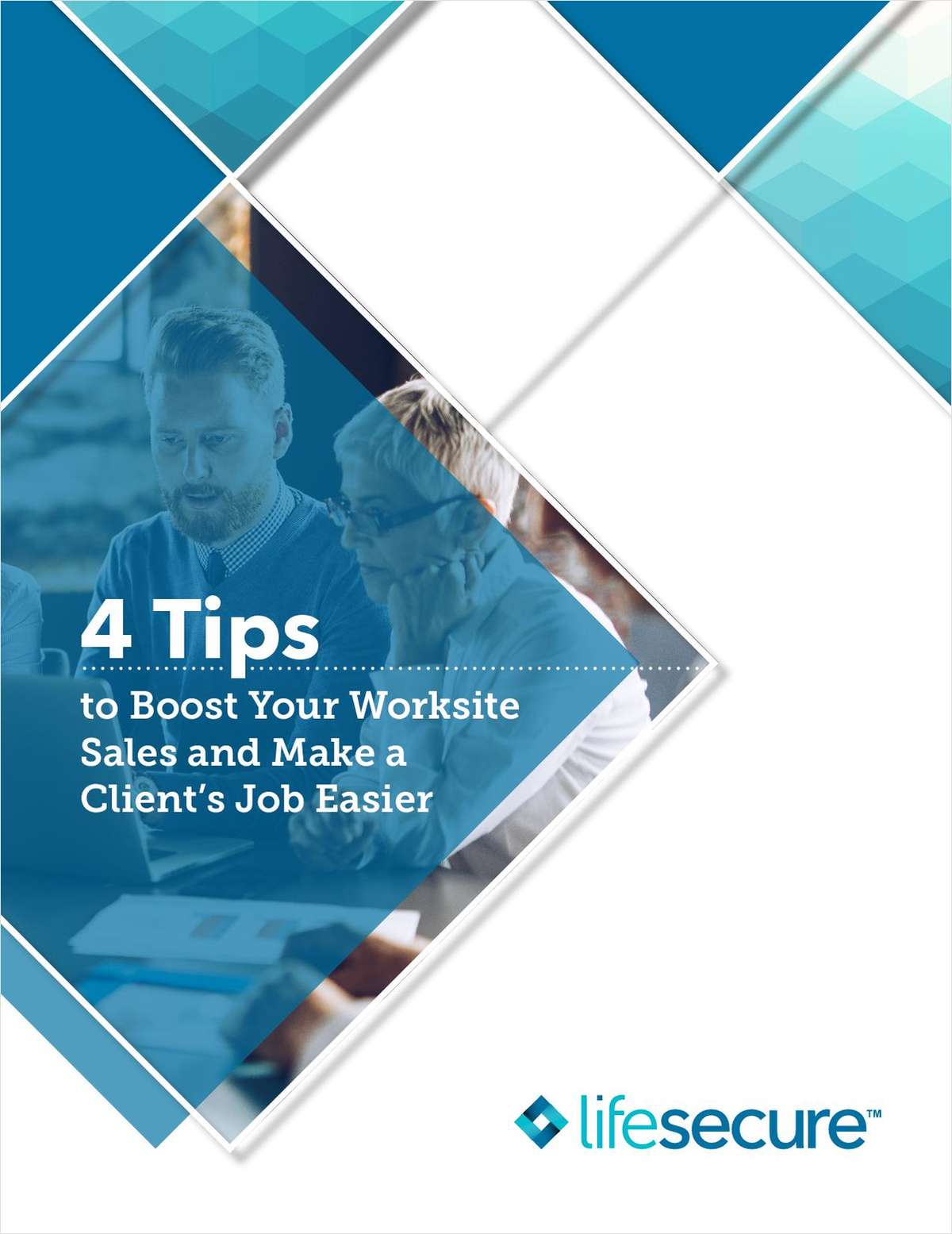 (Photo: Shutterstock)
(Photo: Shutterstock)
How are all those potential clients going to find out about you? Aligning yourself with a major local charity can build brand recognition. You have seen the relationship Viking River Cruises has developed with public television. I recently listened in on a presentation from another river cruise company. They lamented: "People tell their travel agent they want to book a Viking cruise, but what they mean is they want to book a river cruise." This logic supports the assertion that sponsoring a local charity event makes sense. Here is why:
- Supporting the local community. It's important to give back to the geographic area that provides your customers. You can attract all the prospects you want if you are the low-cost provider. That isn't you, of course, so it is important to provide a different value to demonstrate you give back. Having one or two major focuses for charitable giving gets you on the radar.
- When your firm is a major donor or sponsor, you get recognition. This can be in print or on TV, but it can also be at face-to-face receptions. Major donors might be invited to pre-event receptions with local dignitaries and major community leaders. These people might not take your phone call. You were not on their radar, until now.
- Giver, not taker. Imagine the main street in town undertakes a beautification project. Banners get hung on lampposts. Ads are run in tourism-oriented publications to bring shoppers to town. Stores buy into a unified design decorating theme for the holidays. This costs money. Many merchants buy into the program, opening their wallets. Some businesses do not. They are seen as "free riders" in the community, businesses that benefit from the program, but do not share the costs. Your business is seen as a team player by other local businesses.
- The PR people often do a very good job. They line up a media sponsor, a newspaper that provides lots of press at reduced prices or no cost. There are banners hung listing the sponsors. They are in place for a month. If there is a foot race, runners have your logo on their shirts. The local news station sends a film crew out for opening day. Your business does not usually advertise, but you get some of the benefit from the event publicity.
- Many different tiers of support. You might look at the lead sponsor category and say: "That costs too much." You do not need to be the headline sponsor. How much publicity can you get as a lower tier sponsor? Do a cost/benefit analysis. In addition to doing good for the community, at what point is the expense low enough to not be a burden yet make an impact?
- Maybe it's not your own money. Firms often have a charitable foundation. This money is meant to do good, but brand building and visibility are major factors too. You might be able to cover half the sponsorship cost from your own budget and the home office can cover the remainder through a separate source.
- Client entertainment. You are sponsoring the bike race. It draws thousands of spectators. You can have a hospitality tent. What a great way to entertain clients! You are a sponsor for a consumer show, perhaps it's a boat show. You get a supply of free admission tickets you can give away. What a great perk for clients. You are sponsoring a museum exhibition. You can have a preopening reception for honored guests. These are great ways to thank clients and cultivate prospects.
- Differentiate yourself. Clients and prospects value different things. Firms might be considered givers or takers, but people fit into that category too. Some prospects consider themselves givers. They look at a photo in the newspaper of event sponsors and say: "I don't see the firm I currently do business with listed. They aren't givers." They feel your charitable giving profile aligns with theirs.
Related: Social responsibility: worthy, but worthwhile?
Charitable giving should not be measured in terms of return on investment. A lot of the value they bring is intangible. There are tangible benefits too.
Complete your profile to continue reading and get FREE access to BenefitsPRO, part of your ALM digital membership.
Your access to unlimited BenefitsPRO content isn’t changing.
Once you are an ALM digital member, you’ll receive:
- Critical BenefitsPRO information including cutting edge post-reform success strategies, access to educational webcasts and videos, resources from industry leaders, and informative Newsletters.
- Exclusive discounts on ALM, BenefitsPRO magazine and BenefitsPRO.com events
- Access to other award-winning ALM websites including ThinkAdvisor.com and Law.com
Already have an account? Sign In
© 2024 ALM Global, LLC, All Rights Reserved. Request academic re-use from www.copyright.com. All other uses, submit a request to [email protected]. For more information visit Asset & Logo Licensing.








